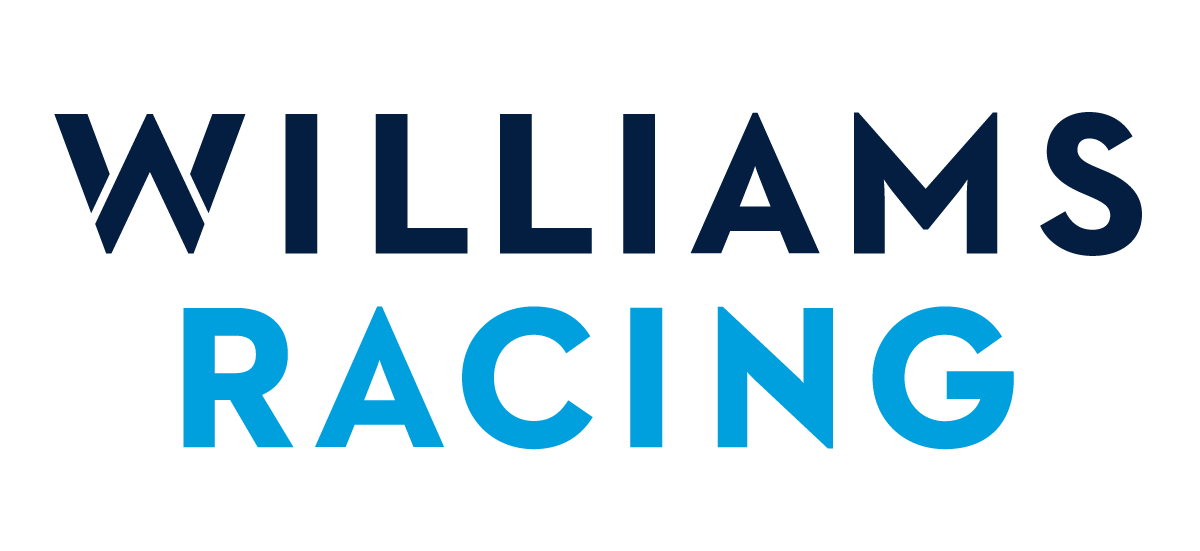The FIA Presidency: A Game of Shadows and Choices
June 26, 2025, 6:45 pm
In the world of motorsport, the FIA presidency is a coveted seat. It’s a throne surrounded by speed, controversy, and power plays. Mohammed Ben Sulayem, the current president, is poised to continue his reign. The winds of change, however, have shifted. Carlos Sainz Sr., a potential challenger, has stepped back from the race. This decision has left Ben Sulayem unopposed for the upcoming election in December.
Sainz Sr. is no stranger to the world of racing. A double world rally champion and a four-time Dakar winner, he carries a legacy. His son, Carlos Sainz Jr., races for Williams in Formula One. The family name resonates in the paddocks. Yet, despite his pedigree, Sainz Sr. has chosen not to contest the presidency. His reasons are layered, much like the tracks he once raced on.
He cited “present circumstances” as a barrier. The complexities of the FIA presidency are daunting. It’s not just about steering the ship; it’s about navigating through turbulent waters. Sainz Sr. acknowledged that the role would compromise his focus on the Dakar rally and his commitments to Ford. Priorities matter. He understands that to lead, one must be fully committed.
This decision has significant implications. With Sainz Sr. out of the picture, Ben Sulayem stands alone. His presidency has not been without its storms. Under his leadership, the FIA has faced backlash over various controversies. The most notable was the fallout from the Abu Dhabi Grand Prix, where Lewis Hamilton’s championship hopes were dashed in a controversial finish. The shadows of that race still linger.
Ben Sulayem has also found himself in the crosshairs of criticism. Issues surrounding driver conduct have surfaced. From jewellery to underwear, the FIA has clashed with its own stars. The organization has become a battleground for discussions on professionalism and personal expression. Swearing, too, has drawn the ire of the governing body. It’s a delicate balance between maintaining decorum and allowing individuality.
The FIA’s relationship with Formula 1 has been strained. The governing body oversees the sport, but the dynamics are complex. With a rumored valuation of $20 billion from Saudi Arabian sources, the stakes are high. The FIA is not just a regulatory body; it’s a powerful entity in the world of motorsport.
Ben Sulayem’s tenure began in 2021, succeeding Jean Todt. His leadership style has been assertive. He has made changes to key operational committees, aiming to modernize the organization. Yet, with change comes resistance. Not everyone is on board with his vision. The racing community is divided, and the road ahead is uncertain.
Sainz Sr.’s withdrawal from the race leaves a vacuum. It raises questions about the future of the FIA. Will Ben Sulayem’s unopposed presidency lead to complacency? Or will it provide the stability needed to address ongoing issues? The absence of a challenger can be both a blessing and a curse.
The FIA needs change, as Sainz Sr. pointed out. The organization must evolve to meet the demands of modern motorsport. The landscape is shifting. New technologies, safety concerns, and the push for sustainability are at the forefront. The FIA must adapt or risk being left behind.
As the December election approaches, the spotlight will remain on Ben Sulayem. He must navigate the complexities of his presidency while addressing the concerns of drivers, teams, and fans. The road ahead is fraught with challenges. The FIA is at a crossroads, and the choices made now will shape its future.
In the world of racing, speed is essential. But so is strategy. Ben Sulayem must be both a driver and a navigator. He needs to steer the FIA through the twists and turns of controversy while keeping an eye on the finish line. The stakes are high, and the pressure is mounting.
Sainz Sr.’s decision not to run may have simplified the election, but it has not resolved the underlying issues. The FIA is still grappling with its identity and purpose. The absence of a rival does not erase the need for reform. The organization must listen to its constituents and adapt to the changing landscape of motorsport.
In conclusion, the FIA presidency is more than a title. It’s a responsibility. Mohammed Ben Sulayem stands at the helm, but the journey is just beginning. The challenges are many, and the road is long. As the engines roar and the lights go out, the future of the FIA hangs in the balance. Will it rise to the occasion, or will it stall in the pits? Only time will tell.
Sainz Sr. is no stranger to the world of racing. A double world rally champion and a four-time Dakar winner, he carries a legacy. His son, Carlos Sainz Jr., races for Williams in Formula One. The family name resonates in the paddocks. Yet, despite his pedigree, Sainz Sr. has chosen not to contest the presidency. His reasons are layered, much like the tracks he once raced on.
He cited “present circumstances” as a barrier. The complexities of the FIA presidency are daunting. It’s not just about steering the ship; it’s about navigating through turbulent waters. Sainz Sr. acknowledged that the role would compromise his focus on the Dakar rally and his commitments to Ford. Priorities matter. He understands that to lead, one must be fully committed.
This decision has significant implications. With Sainz Sr. out of the picture, Ben Sulayem stands alone. His presidency has not been without its storms. Under his leadership, the FIA has faced backlash over various controversies. The most notable was the fallout from the Abu Dhabi Grand Prix, where Lewis Hamilton’s championship hopes were dashed in a controversial finish. The shadows of that race still linger.
Ben Sulayem has also found himself in the crosshairs of criticism. Issues surrounding driver conduct have surfaced. From jewellery to underwear, the FIA has clashed with its own stars. The organization has become a battleground for discussions on professionalism and personal expression. Swearing, too, has drawn the ire of the governing body. It’s a delicate balance between maintaining decorum and allowing individuality.
The FIA’s relationship with Formula 1 has been strained. The governing body oversees the sport, but the dynamics are complex. With a rumored valuation of $20 billion from Saudi Arabian sources, the stakes are high. The FIA is not just a regulatory body; it’s a powerful entity in the world of motorsport.
Ben Sulayem’s tenure began in 2021, succeeding Jean Todt. His leadership style has been assertive. He has made changes to key operational committees, aiming to modernize the organization. Yet, with change comes resistance. Not everyone is on board with his vision. The racing community is divided, and the road ahead is uncertain.
Sainz Sr.’s withdrawal from the race leaves a vacuum. It raises questions about the future of the FIA. Will Ben Sulayem’s unopposed presidency lead to complacency? Or will it provide the stability needed to address ongoing issues? The absence of a challenger can be both a blessing and a curse.
The FIA needs change, as Sainz Sr. pointed out. The organization must evolve to meet the demands of modern motorsport. The landscape is shifting. New technologies, safety concerns, and the push for sustainability are at the forefront. The FIA must adapt or risk being left behind.
As the December election approaches, the spotlight will remain on Ben Sulayem. He must navigate the complexities of his presidency while addressing the concerns of drivers, teams, and fans. The road ahead is fraught with challenges. The FIA is at a crossroads, and the choices made now will shape its future.
In the world of racing, speed is essential. But so is strategy. Ben Sulayem must be both a driver and a navigator. He needs to steer the FIA through the twists and turns of controversy while keeping an eye on the finish line. The stakes are high, and the pressure is mounting.
Sainz Sr.’s decision not to run may have simplified the election, but it has not resolved the underlying issues. The FIA is still grappling with its identity and purpose. The absence of a rival does not erase the need for reform. The organization must listen to its constituents and adapt to the changing landscape of motorsport.
In conclusion, the FIA presidency is more than a title. It’s a responsibility. Mohammed Ben Sulayem stands at the helm, but the journey is just beginning. The challenges are many, and the road is long. As the engines roar and the lights go out, the future of the FIA hangs in the balance. Will it rise to the occasion, or will it stall in the pits? Only time will tell.

